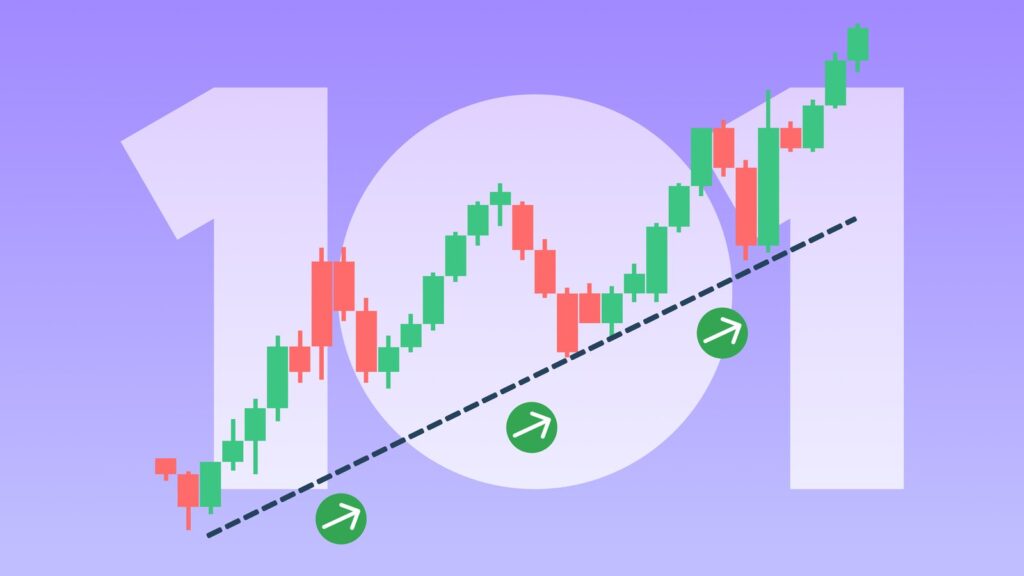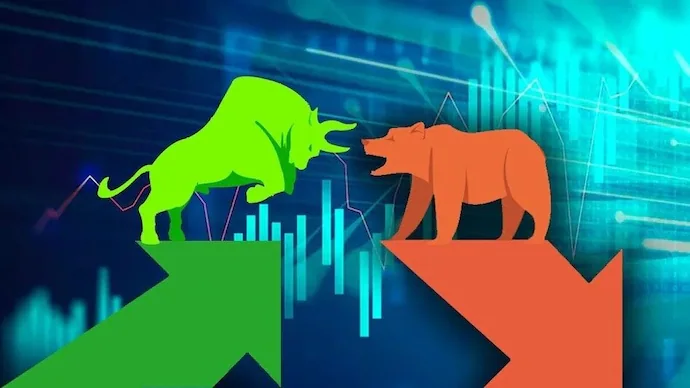The term “stock market crash” evokes images of panic, financial ruin, and economic despair. While infrequent, these dramatic downturns are an inherent, albeit painful, part of market cycles. For any investor, experiencing a crash can be a terrifying ordeal, testing even the most disciplined strategies. However, history offers invaluable lessons from these tumultuous periods, revealing patterns, common causes, and, most importantly, critical insights into how to navigate them and emerge stronger.
Understanding past stock market crashes is not about predicting the next one – that’s a fool’s errand. Instead, it’s about building resilience, managing expectations, and developing a long-term perspective that can withstand the inevitable storms.
What is a Stock Market Crash?
While there’s no official definition, a stock market crash is generally understood as a sudden, sharp, and significant decline in stock prices across a major market index (like the S&P 500 or Dow Jones Industrial Average) over a short period. This is distinct from a bear market, which is a more prolonged decline of 20% or more from recent highs. Crashes are often characterized by extreme volatility, panic selling, and a breakdown of normal market functions.
A Look Back: Notable Stock Market Crashes and Their Causes
History is replete with examples of market crashes, each with its unique triggers, but often sharing common underlying themes:
- The Wall Street Crash of 1929 (Black Tuesday):
- Cause: Decades of rampant speculation, excessive margin buying (borrowing heavily to buy stocks), unsustainable credit expansion, and an overvalued market following the “Roaring Twenties.” A series of panicked selling days in October led to a catastrophic decline.
- Lessons: Highlighted the dangers of unchecked speculation, excessive leverage, and a lack of regulatory oversight. It underscored the importance of strong financial regulations and diversified financial systems.
- Black Monday (October 19, 1987):
- Cause: The largest single-day percentage drop in the Dow Jones Industrial Average (over 22%) in history. Triggers included aggressive computer-driven trading (portfolio insurance strategies), a large U.S. trade deficit, rising interest rates, and investor panic.
- Lessons: Showcased the impact of global interconnectedness and the speed at which markets can fall in the electronic age. It led to circuit breakers and other measures to halt trading during extreme volatility. It also highlighted that crashes don’t always precede major recessions (though a recession was avoided then).
- The Dot-Com Bubble Burst (2000-2002):
- Cause: Over-speculation in internet-based companies, many with unproven business models and no profits. Investors poured money into anything with a “.com” suffix, driving valuations to unsustainable levels. When the bubble burst, countless tech companies failed.
- Lessons: Reinforced the dangers of irrational exuberance, ignoring fundamental valuations, and chasing “hot” trends without due diligence. It taught investors the importance of profitability and sustainable business models.
- The Global Financial Crisis (2008-2009):
- Cause: Fueled by a housing market bubble, subprime mortgage lending, complex financial instruments (like mortgage-backed securities and credit default swaps), and excessive leverage within the financial system. The collapse of major institutions (e.g., Lehman Brothers) triggered a systemic crisis.
- Lessons: Emphasized the risks of unregulated financial innovation, interconnectedness of global financial systems, and the perils of excessive debt. It led to significant financial reforms (like Dodd-Frank Act) and reinforced the importance of stress testing financial institutions.
- The COVID-19 Crash (March 2020):
- Cause: A rapid, sharp decline triggered by the sudden global shutdown due to the COVID-19 pandemic, leading to unprecedented economic uncertainty and a halt in consumer activity.
- Lessons: Demonstrated the market’s sensitivity to exogenous shocks (events external to the financial system) and its ability to rebound swiftly when confidence and economic activity return, often aided by massive government and central bank intervention. It was one of the fastest bear markets and recoveries in history.
Common Threads and Enduring Lessons
While triggers vary, several themes consistently emerge from historical market crashes:
- Excessive Speculation and Overvaluation: Bubbles often form when asset prices detach from their underlying fundamental value, driven by investor euphoria and speculative buying.
- Leverage and Debt: The use of borrowed money (margin debt, mortgage debt) amplifies both gains and losses. When prices fall, forced selling to meet margin calls can accelerate a market’s decline.
- Herd Mentality and Panic: Human psychology plays a massive role. Fear and greed, exacerbated by social contagion, lead to irrational decision-making, such as panic selling during downturns.
- Unforeseen Events (Black Swans): While some crashes have clear economic roots, others are triggered by unexpected, high-impact events (e.g., pandemics, geopolitical crises).
- Regulatory Gaps and Systemic Risk: Crashes often expose weaknesses in regulatory frameworks or highlight systemic risks within the financial system.
- Recovery is Inevitable (Given Time): This is perhaps the most profound lesson. Despite the severity of downturns, the stock market has always recovered and gone on to reach new highs, eventually reflecting the long-term growth of the economy and corporate profits. While some recoveries are faster than others (e.g., COVID-19 vs. Great Depression), the trend has always been upwards over decades.
How to Navigate Market Crashes: Lessons for Investors
Understanding the past equips investors with strategies to mitigate damage and even find opportunities during future downturns:
- Embrace a Long-Term Perspective: This is the most crucial lesson. Trying to time the market (selling before a crash and buying back at the bottom) is nearly impossible. Long-term investors who stay invested through downturns consistently outperform those who try to jump in and out. “Time in the market” beats “timing the market.”
- Diversify Your Portfolio: Spread your investments across various asset classes (stocks, bonds, real estate), geographies, and sectors. This reduces the impact of any single asset’s decline. During a stock market crash, bonds often perform better, providing a cushion.
- Maintain an Emergency Fund: Ensure you have enough readily accessible cash (3-6 months of living expenses) in a high-yield savings account. This prevents you from being forced to sell investments at a loss to cover unexpected expenses during a downturn.
- Dollar-Cost Averaging: Invest a fixed amount regularly, regardless of market conditions. During a crash, your fixed investment buys more shares at lower prices, which can significantly boost your returns when the market recovers. This removes emotion from buying decisions.
- Rebalance Your Portfolio: Periodically adjust your portfolio back to your target asset allocation. This forces you to sell assets that have grown (and are potentially overvalued) and buy assets that have declined (and are potentially undervalued).
- Avoid Leverage (Especially Excessive): Borrowing money to invest amplifies risk. A small market correction can lead to devastating losses or margin calls if you’re overleveraged.
- Focus on Quality: During volatile times, quality companies with strong balance sheets, consistent earnings, and competitive advantages tend to be more resilient and recover faster.
- Control Your Emotions: Fear and greed are the enemies of rational investing. Stick to your pre-defined investment plan. Avoid checking your portfolio constantly during a downturn if it causes panic.
- View Crashes as Opportunities: For long-term investors, market crashes are effectively “sales” where quality assets can be acquired at discounted prices. This is when fortunes are often made.
Conclusion: Resilient Portfolios, Resilient Minds
Stock market crashes are a stark reminder of the inherent risks and cyclical nature of financial markets. While they can be painful, history emphatically teaches us that they are temporary. The true lesson is not to fear them, but to respect them, prepare for them, and understand that they present both challenges and profound opportunities. By prioritizing a long-term perspective, embracing robust diversification, practicing consistent investing, and, crucially, mastering the psychological discipline to stay calm amidst chaos, investors can transform potential periods of financial distress into foundations for enduring wealth creation.




